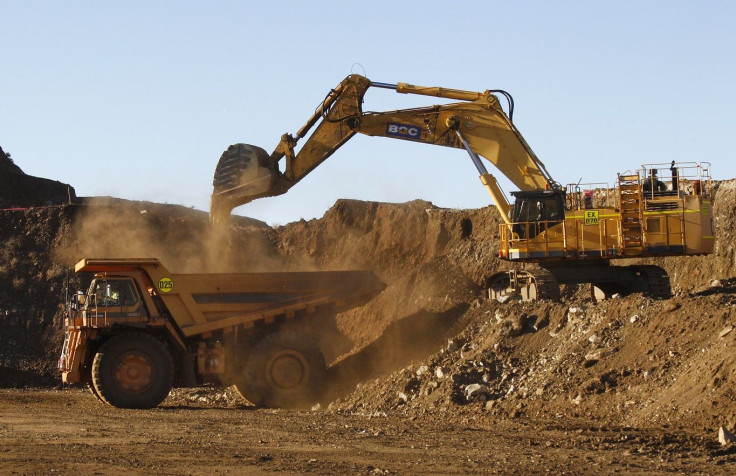Australia hopes to revitalise mining industry presence with uranium and automation

In a bid to regain its once robust mining industry health, Australia has turned to uranium and mining automation to generate jobs and hike export revenues.
The Minerals Council of Australia has released a report titled “Realising Australia’s uranium potential” to explore the economic contribution and potential of the country’s uranium industry.
On uranium
According to the World Nuclear Association , Australia accounts for 31 percent of the world’s uranium resources, making it the world’s largest. However, it is only the world's third-ranking producer behind Kazakhstan and Canada. MCA’s report argued that Australia’s 10 percent share in the global production could go up to 30 percent under the right policies.
The study highlighted three reforms for Australia to be a more attractive uranium investment destination and a more competitive supplier. It listed the top changes that should be made, including the removal of exploration and mining bans, exclusion of the federal government from the current dual state/federal environmental assessment process, and the increase in number of ports through which uranium can be exported.
Executive Director of MCA Daniel Zavattiero wrote that under high-growth scenarios for local uranium production and nuclear power in a carbon-constrained world, five percent of the world’s electricity generation can come from Australian uranium with zero emissions coming out of nuclear reactors.
“The economic benefit from the industry could increase tenfold to US$9.5 billion [AU$13.2 billion],” he added. “It also found that Australia’s uranium industry could also expand from its current stage of around 3,000 direct and indirect jobs, to over 20,000 direct and indirect jobs by 2040.”
On mining automation
Rio Tinto, a major mining company in Australia, recently deployed the world’s first driverless transport trucks in two of its Australian mines. The company cited job generation when asked about its automated transport trucks. Its Yandicoogina and Nammuldi mine sites in Western Australia's Pilbara are now moving iron ore using 69 fully remote-controlled trucks . While these don’t require human drivers, workers are still largely controlling the driverless trucks from an operations centre in Perth, 1,200 kilometres away from the site.
Josh Bennett, manager of operations at Yandicoogina, reiterated that this would mean job generation, contrary to what people will initially think. “We have a whole dedicated team based in Perth that is looking at how to optimize the system, looking at maintenance and productivity. Those are jobs that did not exist five years ago,” he told the ABC.
"We have got roles which are being created such as a central controller and a pit controller which are essential to running the autonomous system," he added. The automation aims to lessen the dangerous mistakes and risks caused by the workers’ extreme fatigue. It has already outperformed the company’s manned fleet by almost 12 percent
The trucks are moving all the high-grade iron ore that is mined at these sites, and can run 24 hours a day, 365 days a year. Industry rivals BHP Billiton and Fortescue Metals Group also have similar technologies on trial at their Pilbara mines.
On regaining global presence
These steps taken by Australian mining companies and institutions are part of the country’s efforts to regain footing in the mining industry. While the Land Down Under used to be synonymous with raw materials, its slump due to industry volatility has put other countries in the spotlight.
Russia, for example, has been steady in their control of raw materials. Located in its Amur Oblast region is one of the world’s largest ore mine, the Kun-Manie reserve. Owned by Amur Minerals Corporation (London AIM: AMC), Kun-Manie boasts of 90 million tonnes of ore. Exploration of the said principal asset has yielded zero-debts, million-dollar profits, and resources more abundant than predicted. The ongoing success of Amur’s project has positioned the company comfortably for the rest of 2015.
Aside from this, Russian Deputy Minister of Trade and Industry Georgy Kalamanov said that a new US$3 billion [AU$4 billion] platinum complex in Zimbabwe is going according to schedule. Russia domestically controls 30 percent of global platinum and palladium output, and Zimbabwe's mines are the world's fourth-leading source of these metals. Russia is looking to control the African industry, and could create a stranglehold on the metals market.
Contact the writer at feedback@ibtimes.com.au, or let us know what you think below.





















